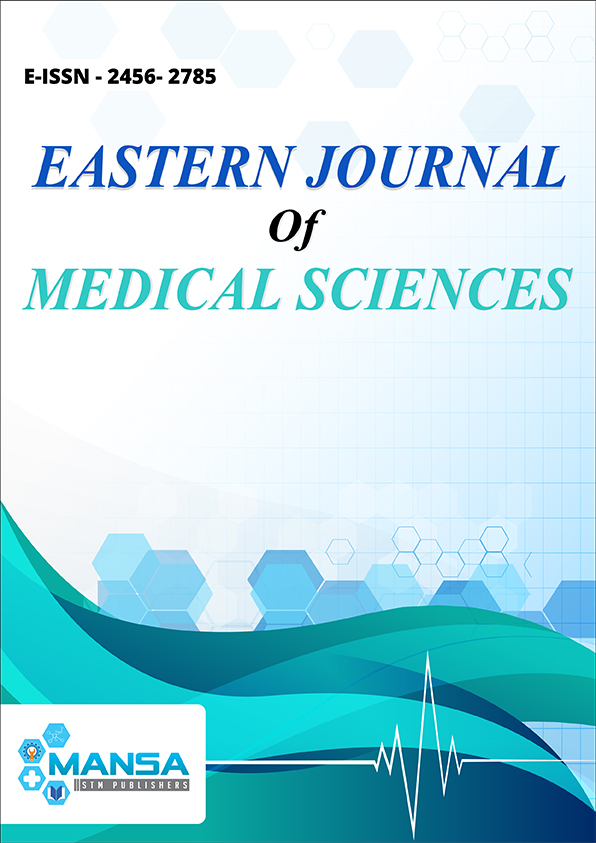Antimicrobial susceptibility patterns of uropathogenic Escherichia coli and their prevalence among people in and around Dhanbad, Jharkhand
Keywords:
Antibiogram, Escherichia coli, Urinary tract infection, Uropathogenic Escherichia coliAbstract
Background: Urinary tract infection (UTI) is one of the most common infections, which causes high morbidity and mortality among human population. The purpose of this study was to evaluate the prevalence and their antibiogram profile of uropathogenic Escherichia coli (UPEC) in and around Dhanbad. Methods: A total of 641 urine samples were collected from the suspected patients of UTI. The samples were cultured on MacConkey agar for isolation and identification. Antibiotic susceptibility test was done by disc diffusion method. Both male and female patients of different age groups were included for this study. Results: 45.70% urinary isolates were identified as E. coli. 43.56% UPEC isolates were sensitive to nitrofurantoin and piperacillin/tazobactum. 22.77% isolates were susceptible to levofloxacin and amikacin followed by cefotaxime (21.78%). These isolates were mostly resistant to ampicillin and trimethoprim/sulfamethoxazole, their susceptibility pattern was found to be 11.88% and 5.94% respectively. Conclusion: Prevalence of E. coli among urinary isolates was high in our study. Antibiogram profile of these isolates varies to different antibiotics in terms of their susceptibility pattern. Continuous surveillance of antibiogram of UPEC isolate is mandatory because it vary significantly in different geographical area. Thus empirical selection of antimicrobials should be based on the knowledge of local prevalence and individual sensitivity rather than on universal guideline.

